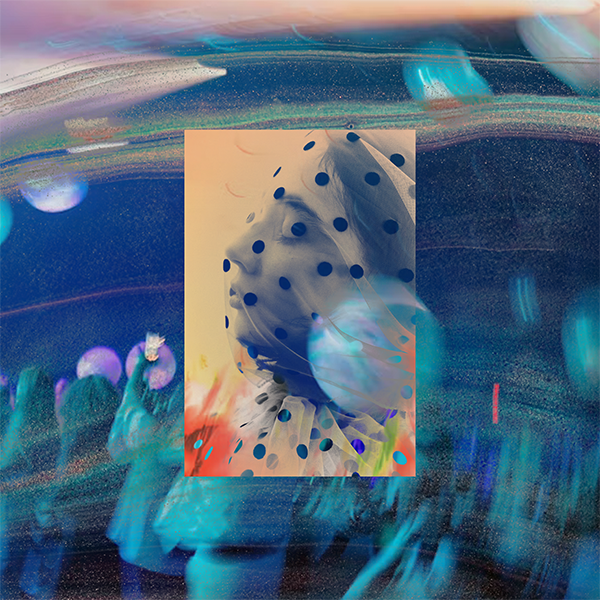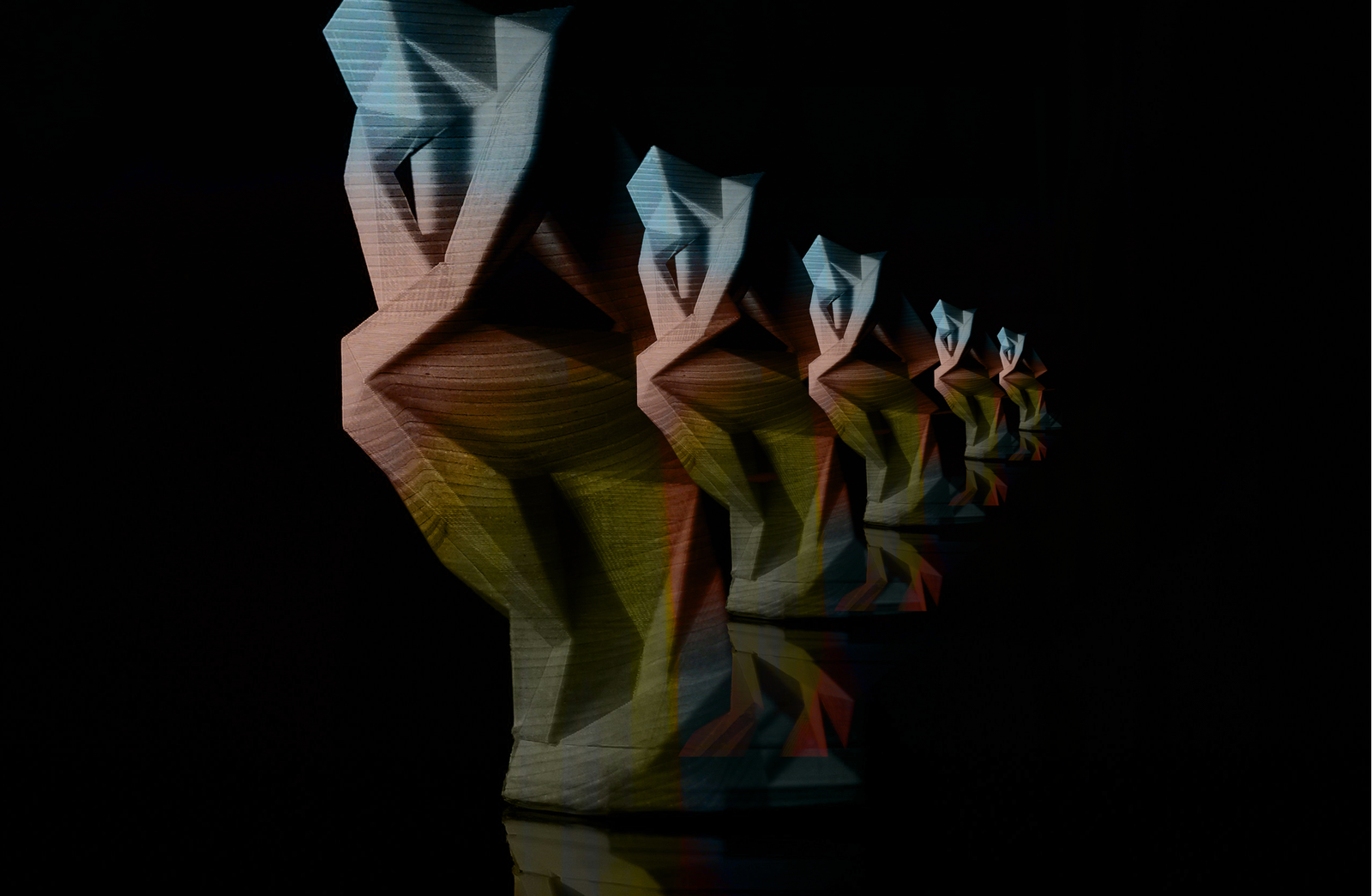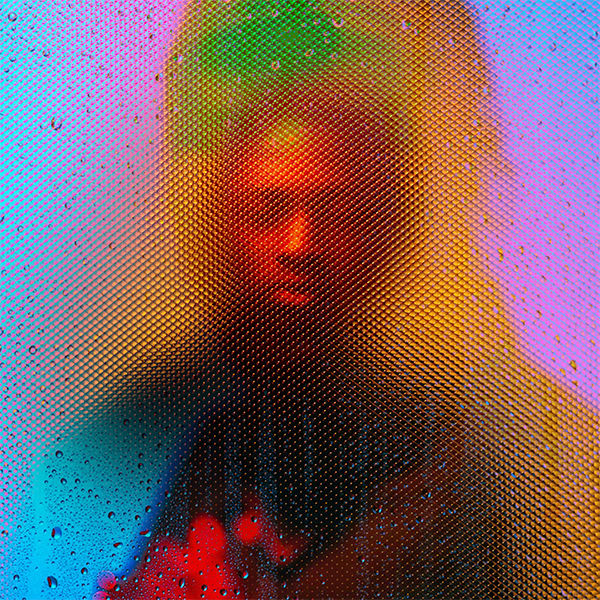Beauty in the Scratches
The armchair finally arrived. It looked appropriate in the living room. It was crisp, polished, and neat, and had that mid-century, Nordic combination that conveys space, simplicity, and perfection. I sat on it and ran my hand down the smooth American oak armrest. “Nice,” I said to myself.
But as I looked closer, I noticed something out of place. The armchair had been damaged. On one side of the armrest, long scratches lined the wood. An imperfection. Damage. I groaned and began thinking about the arduous process of replacing my new chair.
However, the longer I gazed at the marks, the more I wondered if it was simply the nature of the wood that had formed the longitudinal lines on the surface of the oak. Were they scratches? Or part of the actual wood—the natural marking and design of the material?
Certainly, this piece wasn’t as polished and clean as I had initially seen it, but there was something beautiful emerging the longer I scrutinized the wood. I intuitively started to think about the “memories” this oak contained. It had existed in a forest. It had weathered storms, wind and heat, and cool and hot weather. The elements had shaped it, and now it was in my living room looking imperfect and worn, yet interesting and meaningful.
Reflecting on my scratched armchair caused me to ponder Jesus’ resurrection body. When the resurrected Jesus appeared to the disciples, his body was not “perfect” but instead carried the wounds inflicted on him through the crucifixion. And Jesus was not shy about letting people know about his scars. Jesus showed his disciples his wounds (Luke 24:40; John 20:20). In John 20:27, Jesus invites Thomas to examine his wounds and to “put your finger here and see my hands; reach out your hand and put it in my side.” Thomas was encouraged to see, touch, and experience the wounds of Jesus.
When the resurrected Jesus appeared to the disciples, his body was not “perfect” but instead carried the wounds inflicted on him through the crucifixion. And Jesus was not shy about letting people know about his scars. Share on X
There were several ways that the disciples were able to identify Jesus after his resurrection—through the breaking bread, in experiencing warmed hearts, during prayer, through Jesus calling Mary Magdalene by name. Yet one common marker of Jesus’ resurrected identity was his wounds.
When we see Jesus at the end of all things we will be able to know him because of his wounds (Rev 5:6, 12; 13:8; 21:27). As we gaze on Christ’s wounds, they will become our identifiers as the people who belong to the Lamb that was slain. Rather than imperfections, these wounds point to the beauty of who Jesus is and the memory of his kenosis. Wounds, scars, and scratches all carry traces of who we are. In that way they are visual and silent storytellers.
Wounds, scars, and scratches all carry traces of who we are. In that way they are visual and silent storytellers. Share on X
Life has been hectic lately. We have moved, which is deeply stressful. But we were not only moving—we were and are making a home. This takes time and patience, and for our family it also has meant engaging in that dreaded, yet rewarding, process: renovating.
As we began to renovate, we discovered that our little unit is, well, quirky. Many things don’t quite sit right. When we asked someone to help us with our wardrobe, he measured the space and found that the lines, windows, and frames were a bit off, left of centre. Far too often for our comfort, we heard “Interesting” from the mouths of tradespeople after they measured the structures in our unit.
What this meant was that every time we attempted to renovate we had to work with the glitches, imperfections, scars, and quirks of the building. This was frustrating and time-consuming. It was like trying to bend something perennially crooked back into perfect shape. And this, we soon realized, was a poor strategy.
So we decided to work with the quirks. Once we did that we had a revelation. The more we let go of a need for perfection, connecting with the quirks of our new home, our affection for this place deepened. We wondered how those imperfections and quirks happened. Was it simply poor craftsmanship? Or was it the weather that had made the wooden windows stretch, bend, groan, and stick together like they did? Was the foundation slightly shaky because our suburb is built on sand? Why was it built on sand anyway? What stories lay buried here?
The Japanese term wabi-sabi is a beautiful and honest way of thinking about aesthetics in relation to everyday living. Life is imperfect and transient. Life is about appreciating the beauty in imperfection and incompletion. Life is found in the scratches, quirks, wounds, and the left-of-centre—imperfections. It’s precisely in life’s imperfections where we find meaning and memory. This is where we find our humanity.
The Japanese term wabi-sabi is a beautiful and honest way of thinking about aesthetics in relation to everyday living. Life is imperfect and transient. Life is about appreciating the beauty in imperfection and incompletion. Share on X
This is also where we encounter the humanity of Jesus. Jesus, the “True Human,” models for us that our scars, scratches, and wounds can be beautiful because they point to who we are. They tell a story of pain and, hopefully, possibly, redemption. They need not be shameful. We need not hide them. We can invite people to ask us about those scars and to know us deeper. The wounds allow people to know who we truly are and to see us in all our humanity. And even if we do not experience the redemption of our wounds now, we will at the restoration of all things.
Jesus, the “True Human,” models for us that our scars, scratches, and wounds can be beautiful because they point to who we are. They tell a story of pain and, hopefully, possibly, redemption. Share on XSo, I’m happy with my quirky unit and scratched-looking oak armchair; they move me to wonder, compassion, and connection. I ponder how fleeting and complex life is. It’s not instinctive to live this way in a society that values perfection, immortality, and completion (see Botox, implants, et al.). We seem to want to hide our scars, imperfections, and wounds. But now I wonder if, ultimately, it’s those quirks, wounds, scratches, and imperfections that make us a more interesting and meaningful society—and a more humane one.



